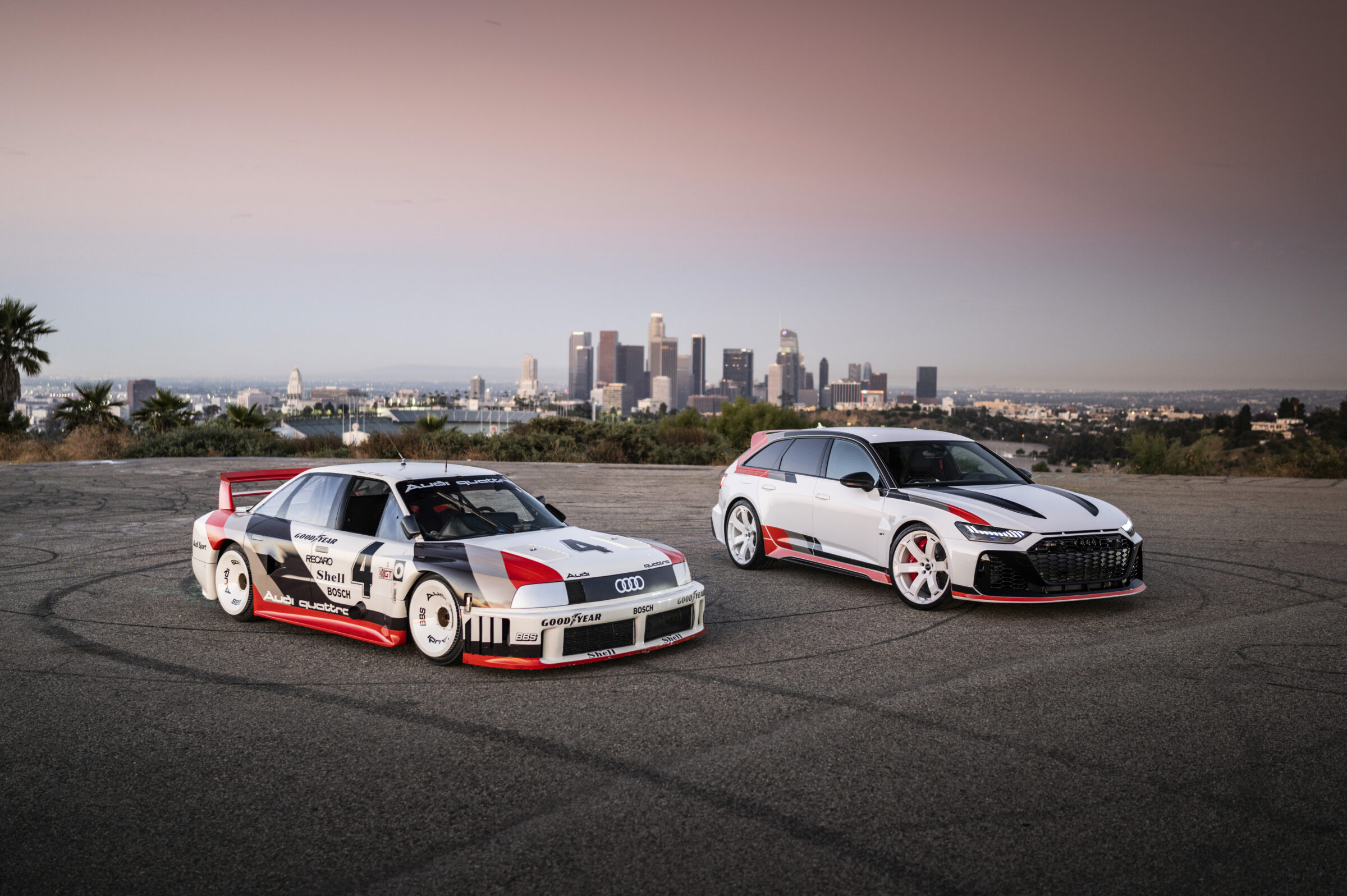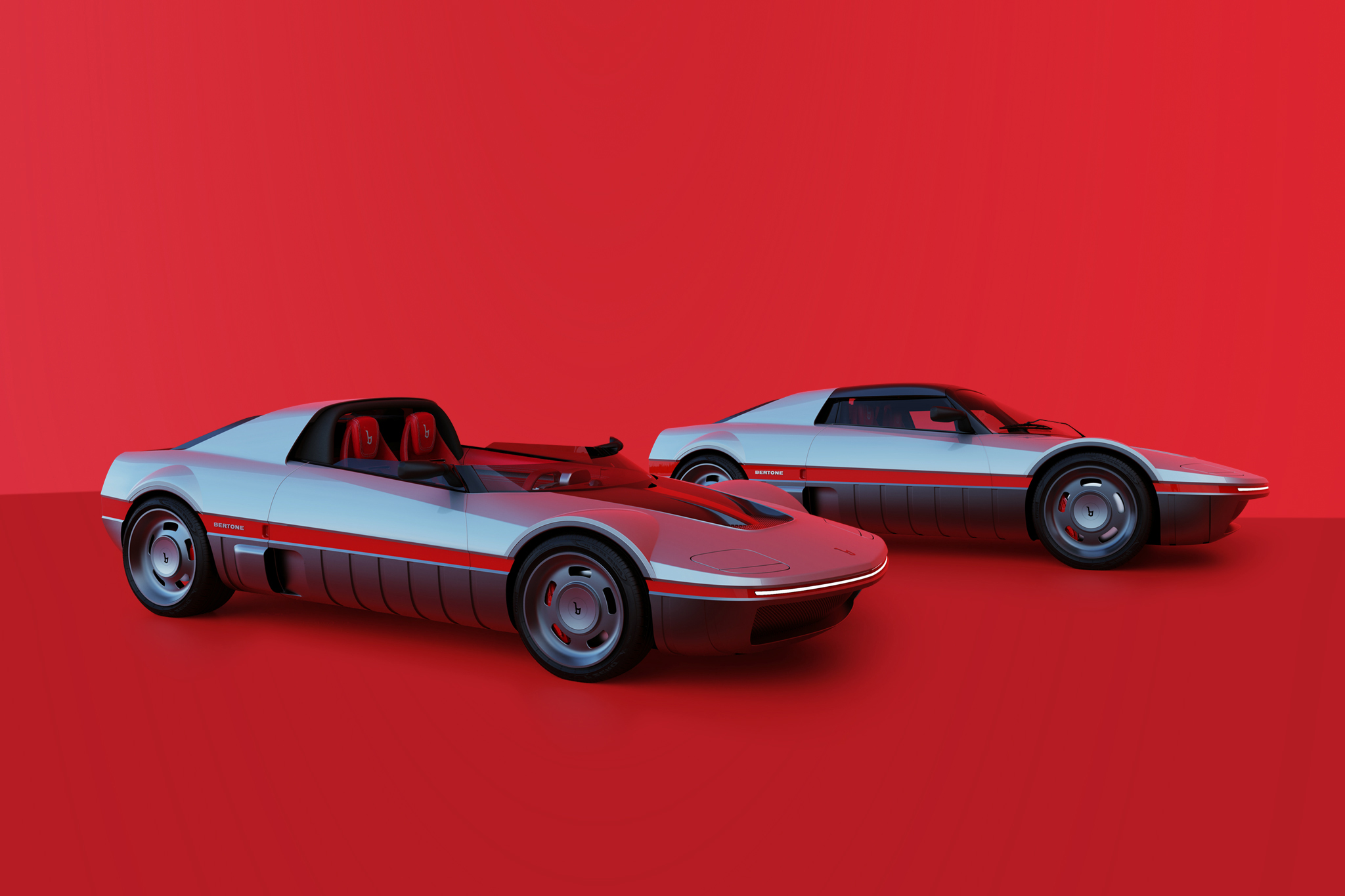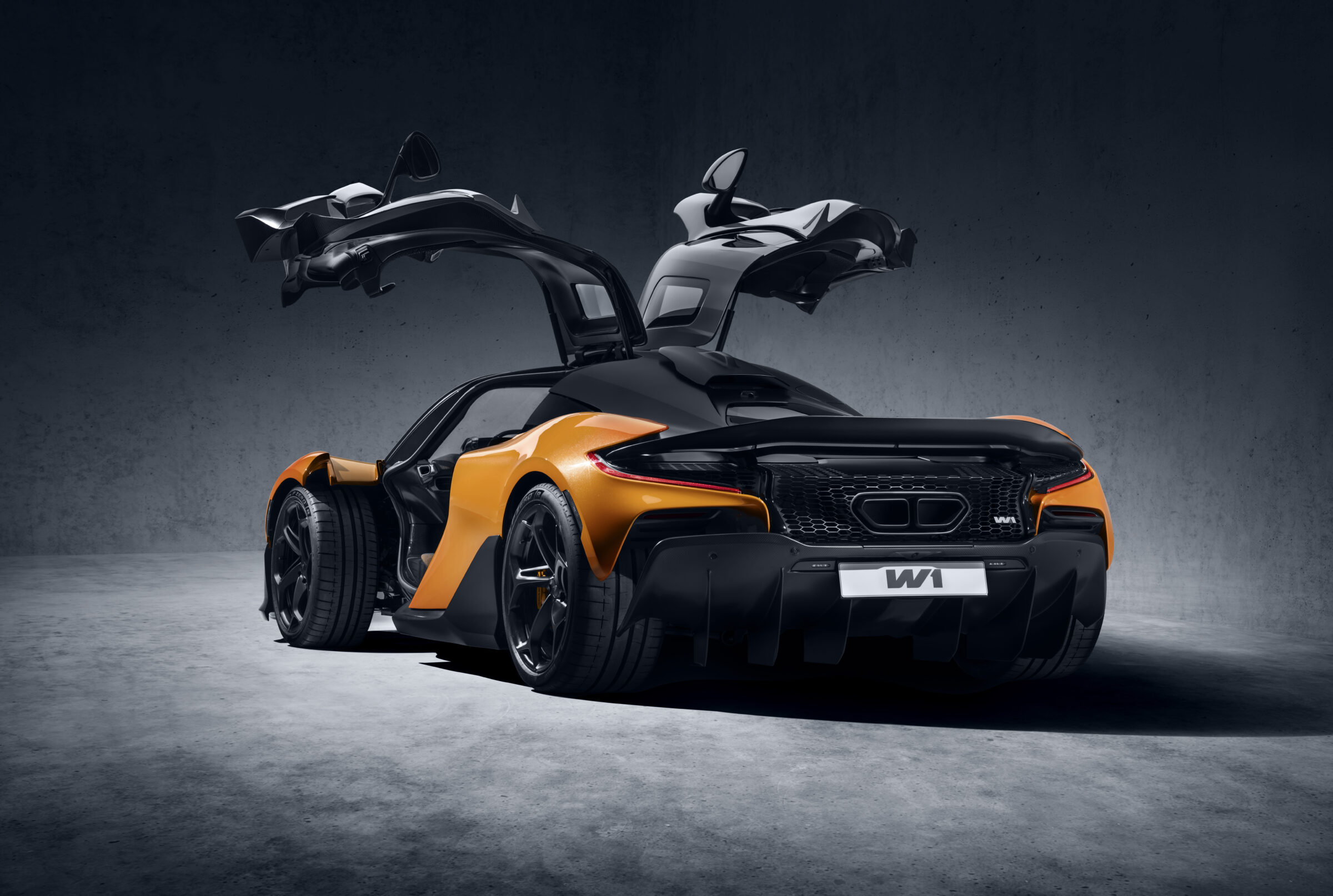Wartburg 353
When you think of cars from the former GDR, which model do you have in mind first? Probably the Trabant from the Sachsenring brand. But in addition to this people’s car, there was also a somewhat larger and more practical vehicle from VEB Automobilwerke Eisenach. The brand may have remained unknown to many, but the model name is reminiscent of the retreat of Martin Luther and became known throughout Europe through exports even before the opening of the Berlin Wall: Wartburg. As with the Trabant, there was a final model change for this sedan in the mid-1960s. The Wartburg 353, which was presented in 1966, then rolled off the assembly line in Eisenach until the fall of the Wall. However, there were several smaller and larger modifications. From its predecessor, the Wartburg 312, which was only offered for a short time, the 353 took over the box-section frame with a loop-like bracing from front to rear.
Objective body design
While this frame design and the two-stroke engine used were already considered outdated at the premiere, the wheel suspension was ultra-modern. The front wheels were mounted on double wishbones, while the rear wheels were mounted on angular control arms with anti-roll bars. Coil springs ensured good ride comfort all round. On the basis of a compact car study by Karl Clauss Dietel, Hans Fleischer, Lutz Rudolph and Dietel developed a body shape with objectively smooth surfaces that was appropriate for the time. From the outset, there were two equipment variants: “Standard” and “de Luxe”. The latter had a higher-quality interior, a two-tone horn and more chrome trim. Special colors such as “pine green” and “crimson red”, a sunroof or a radio were also available at extra cost. New body colors were available from 1968. After all chrome parts had already been powder-coated black from 1984, a year later there was a new front end with different headlights and grille.
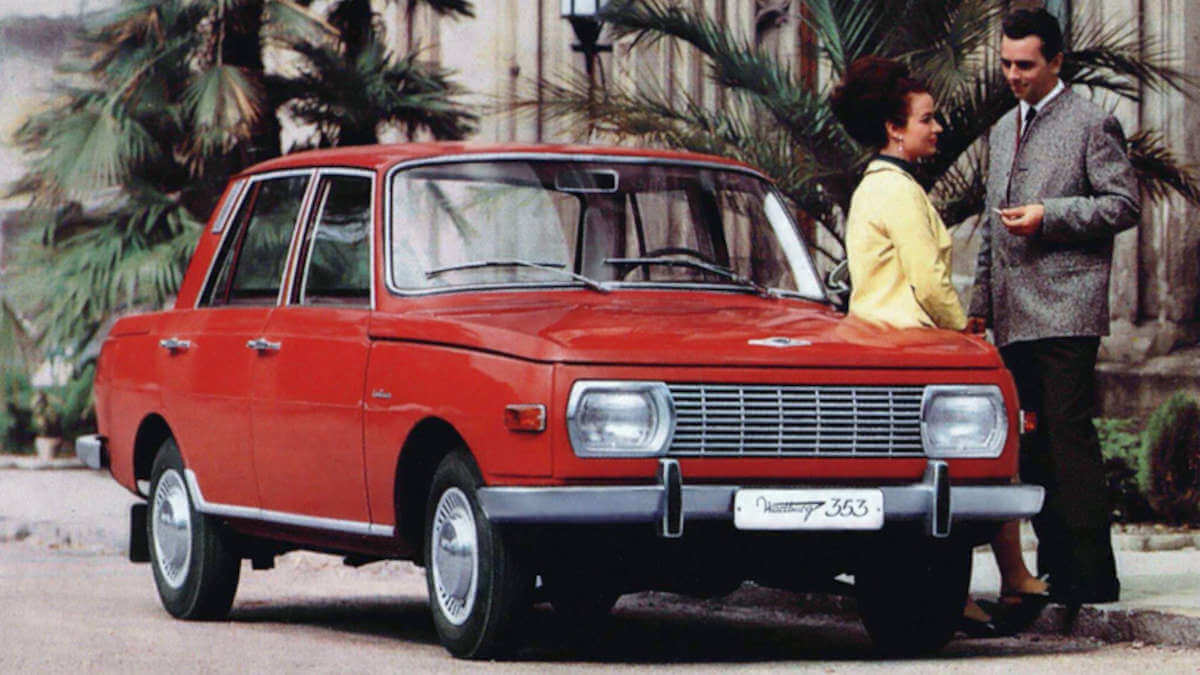









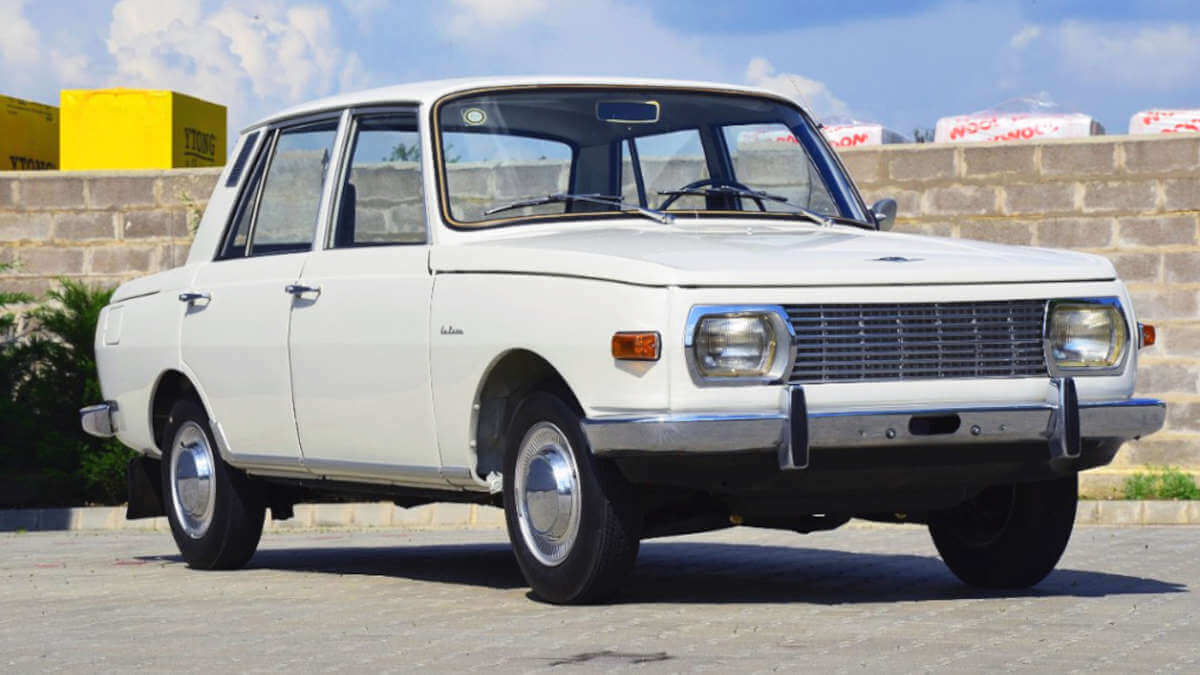

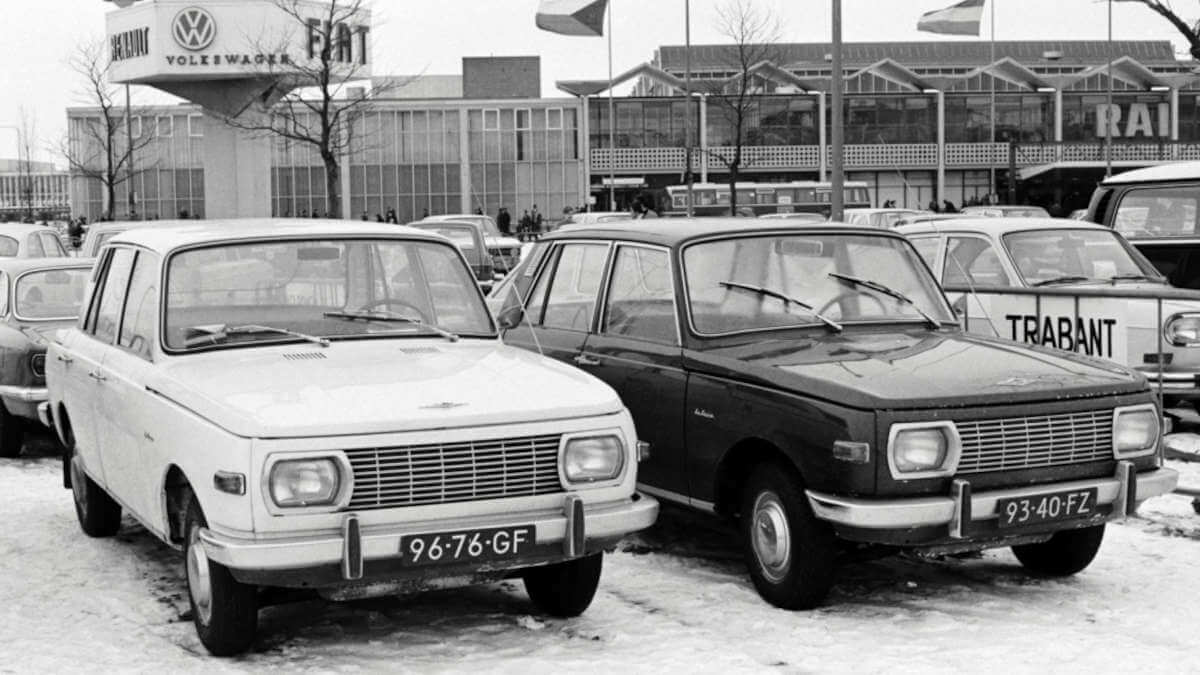



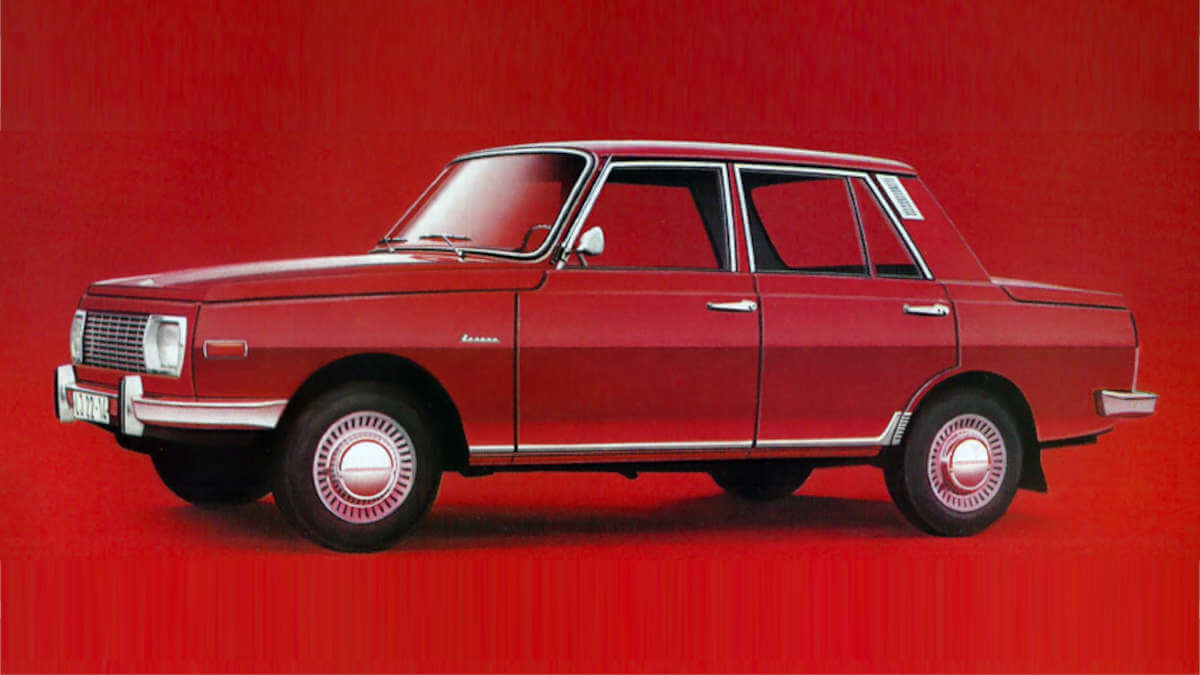

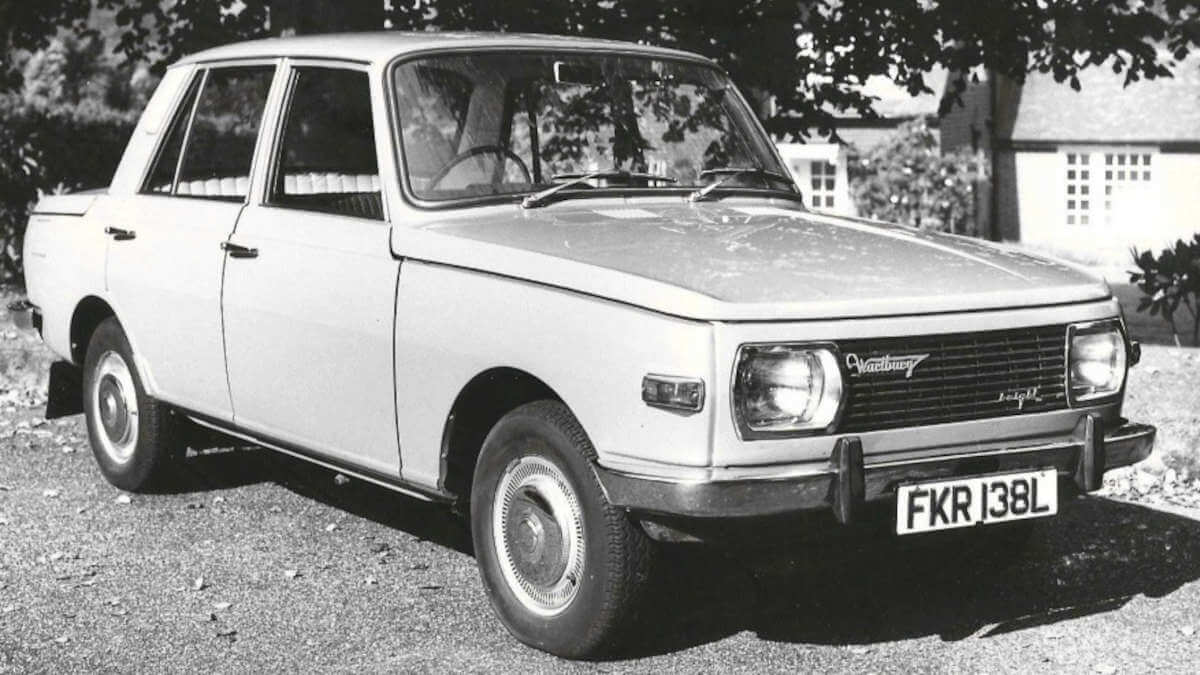







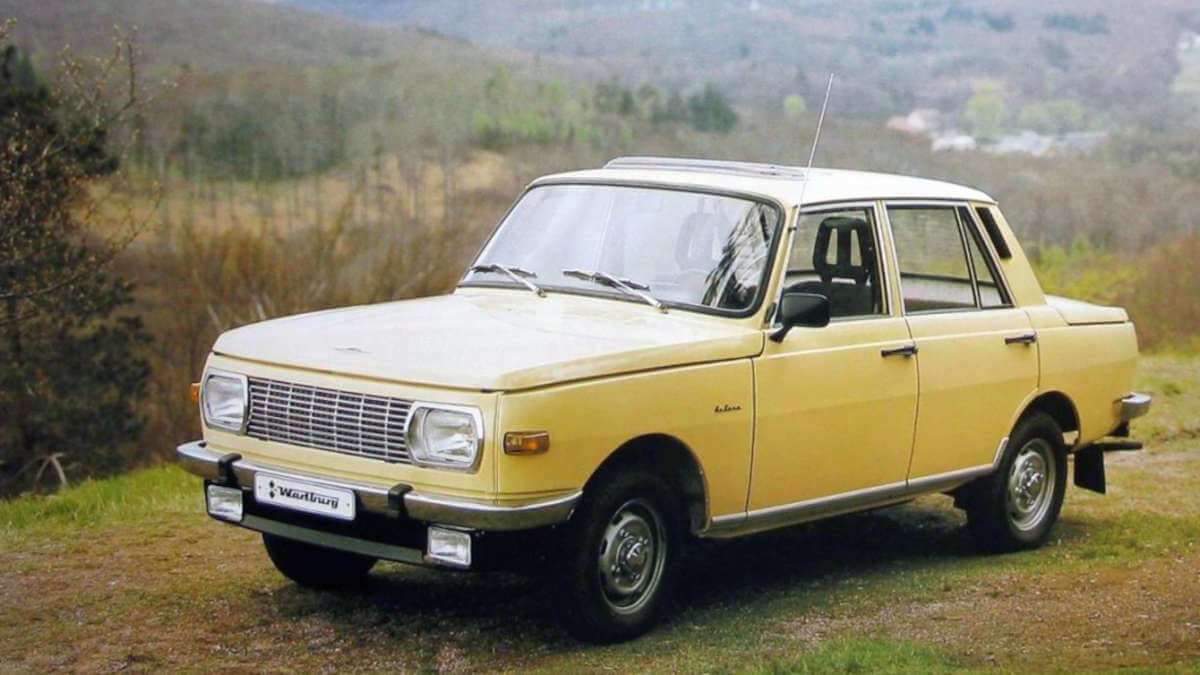



From 1968 also as estate version Tourist
After the Wartburg 311 and 312 had already been available in a station wagon version, more and more customers were asking for one for the 353 as well. However, it took two years before the 353 Tourist appeared on the market. Prior to that, the 312 Kombi (two doors) and 312 Camping (four doors) continued to roll off the production lines in Halle and Dresden in parallel with the 353 sedan. These production sites were taken over for the new model, which was, however, only available with four doors. In contrast to the sedan, the rear fenders and tailgate of the Tourist were made of fiberglass-reinforced plastic. From 1970, the C-pillars were fitted with forced ventilation for the interior. There was room for up to 1,800 liters of luggage in the enlarged trunk, while the sedan still held 500 liters. The “Standard” and “de Luxe” trim levels were also available for the 353 Tourist, as were optional extras such as the sunroof. From 1984, the “de Luxe” was replaced by the 353 S (S for special request). There were also Pick-Up variants and two special vehicle transporters for the rally team.
Performance upgrades from 1969
From the beginning to the end of the production period, a three-cylinder two-stroke engine with 992 cc of displacement worked under the hood. This initially produced 33 kW/45 hp and 91 Nm of torque. After the first month of production, VEB Automobilwerk Eisenach switched to a fully synchronized four-speed transmission with lockable freewheel in each gear. This could be ordered from 1967 with a shift lever on the center tunnel instead of on the steering column, if desired. In May 1969, the 353-1 made its debut with an engine that had been boosted to 36.8 kW/50 hp and 98 Nm. Around six years later, the 353 W (W for “Weiterentwicklung”, further development) appeared with front disc brakes and various detail improvements. It wasn’t until 1985 that the radiator of the Wartburg was moved from its previous position behind the engine to the front directly behind the grille. This made the above mentioned facelift necessary. In the fall of 1988, the Wartburg 1.3 was shown with a Volkswagen four-stroke engine and further optical retouching.
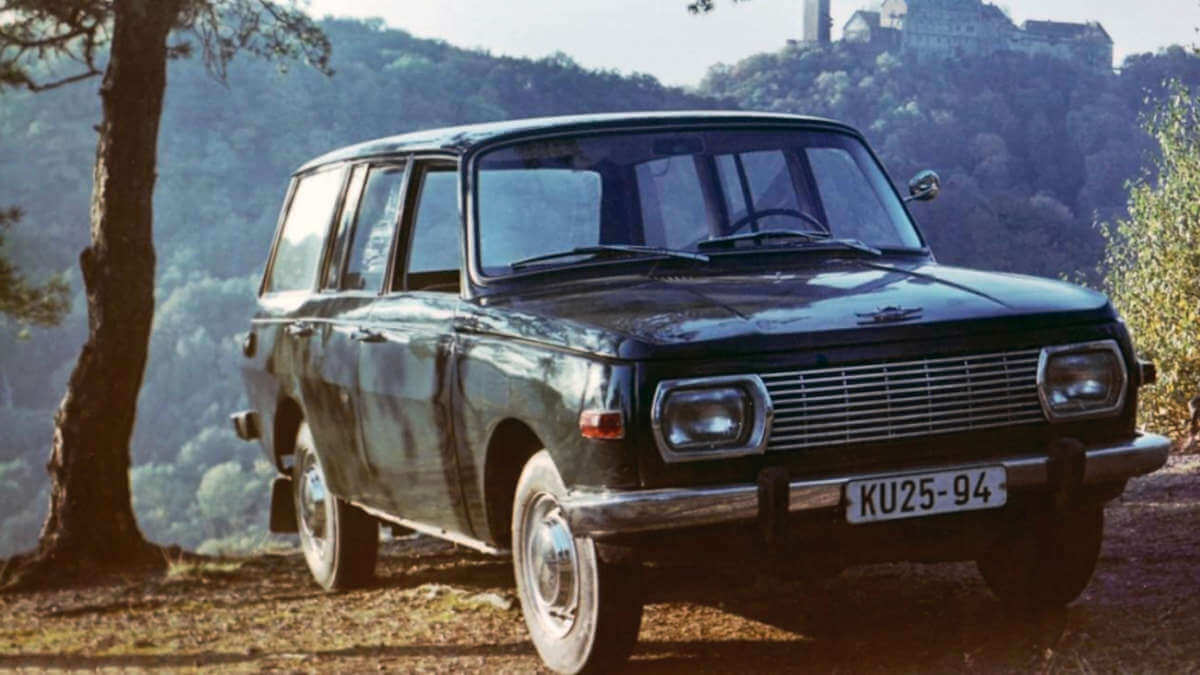

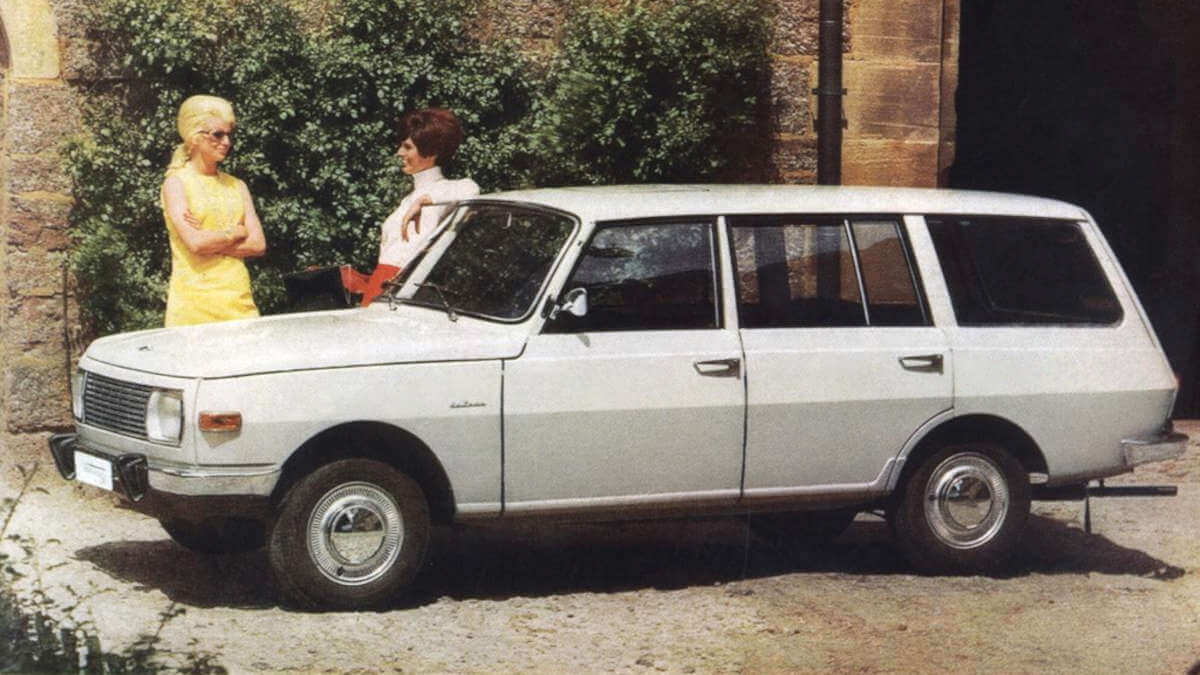



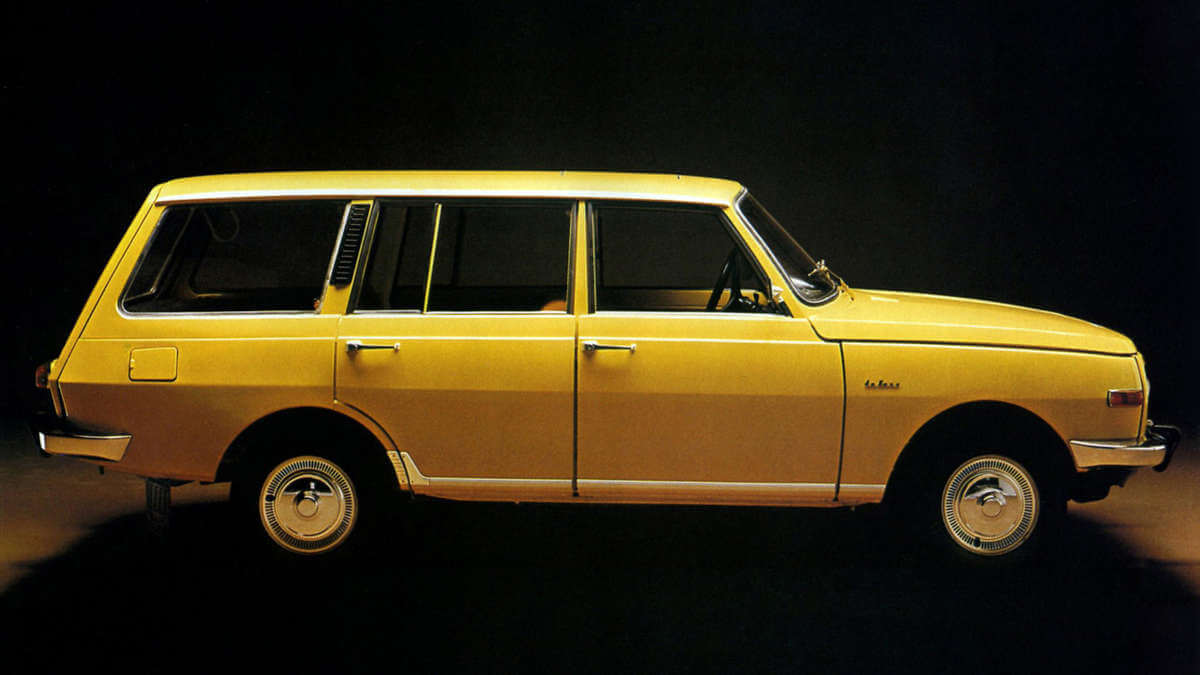





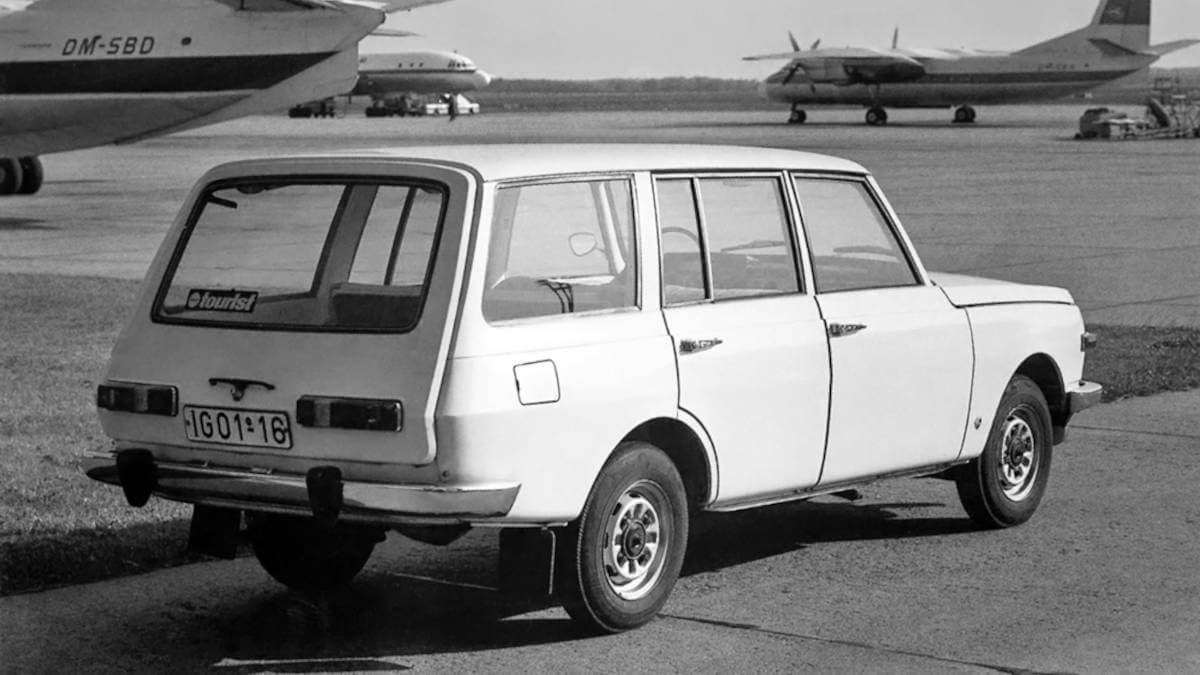







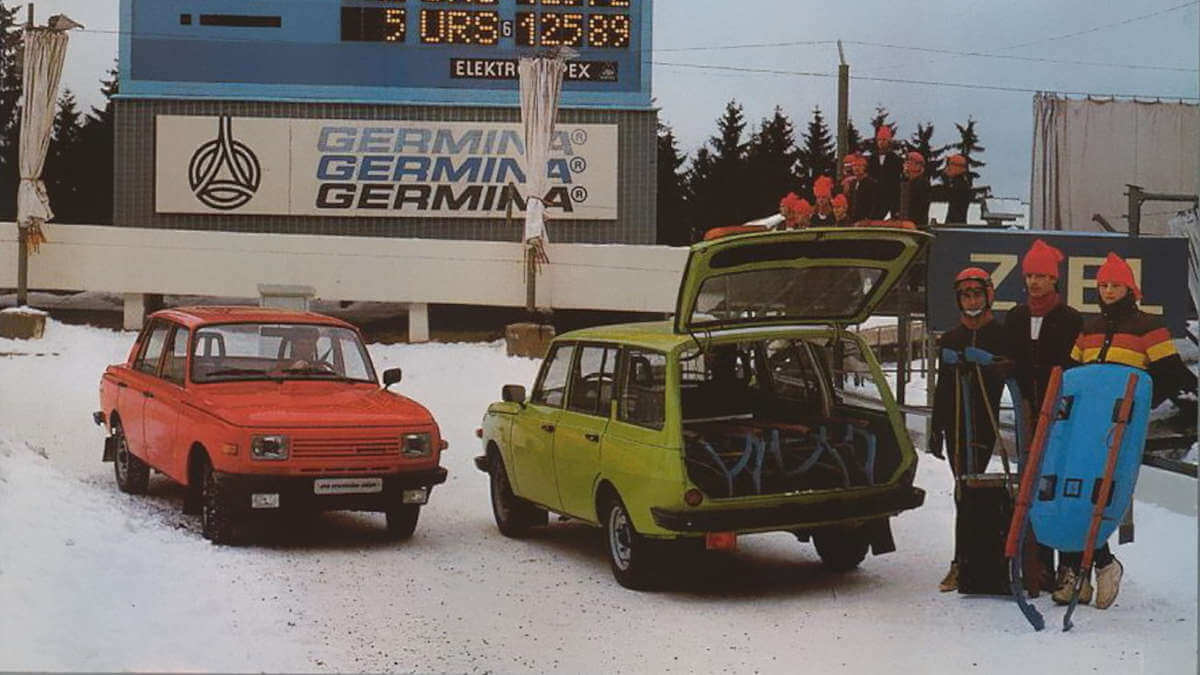

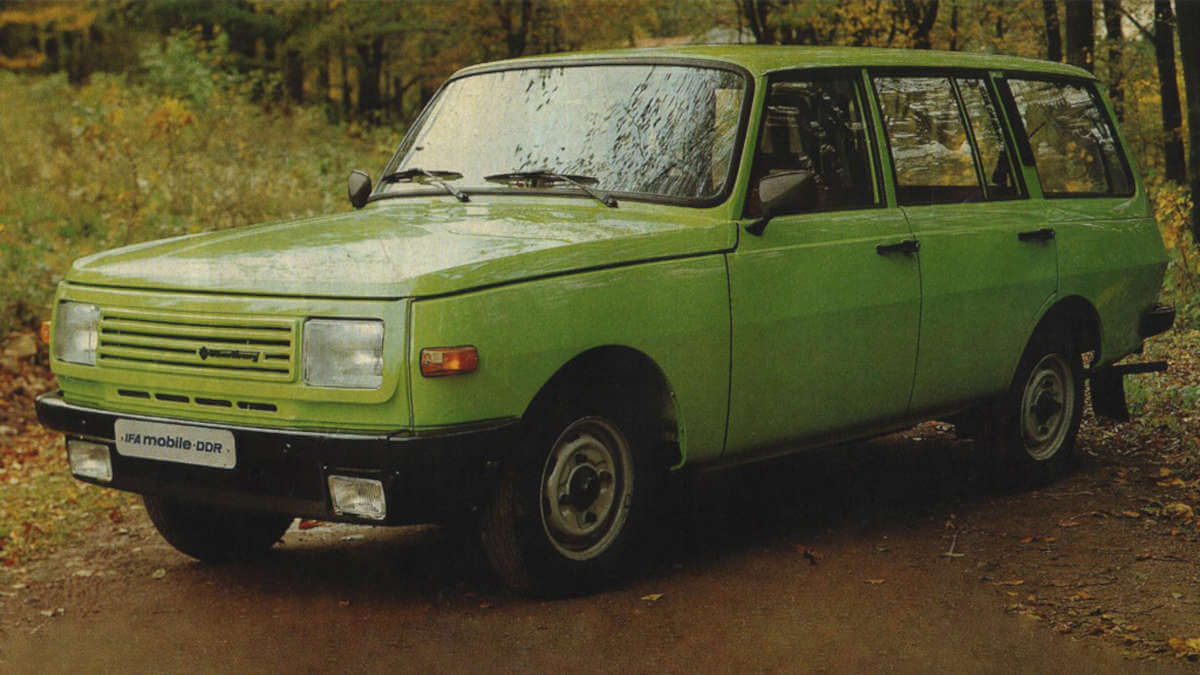

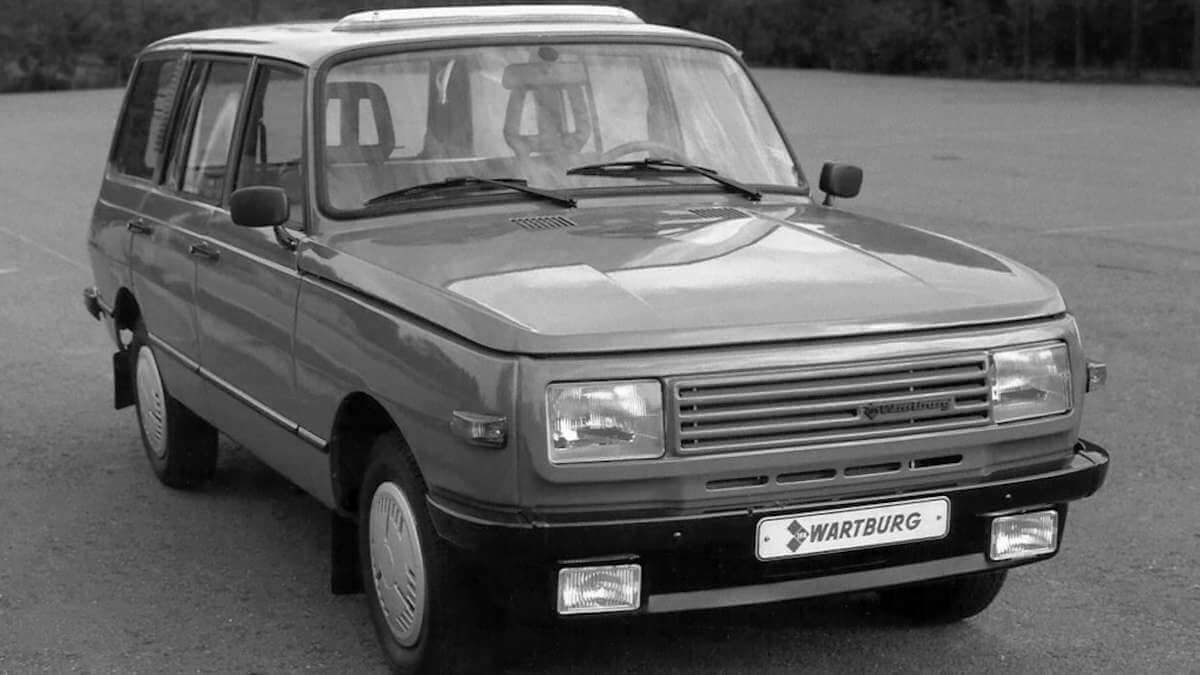

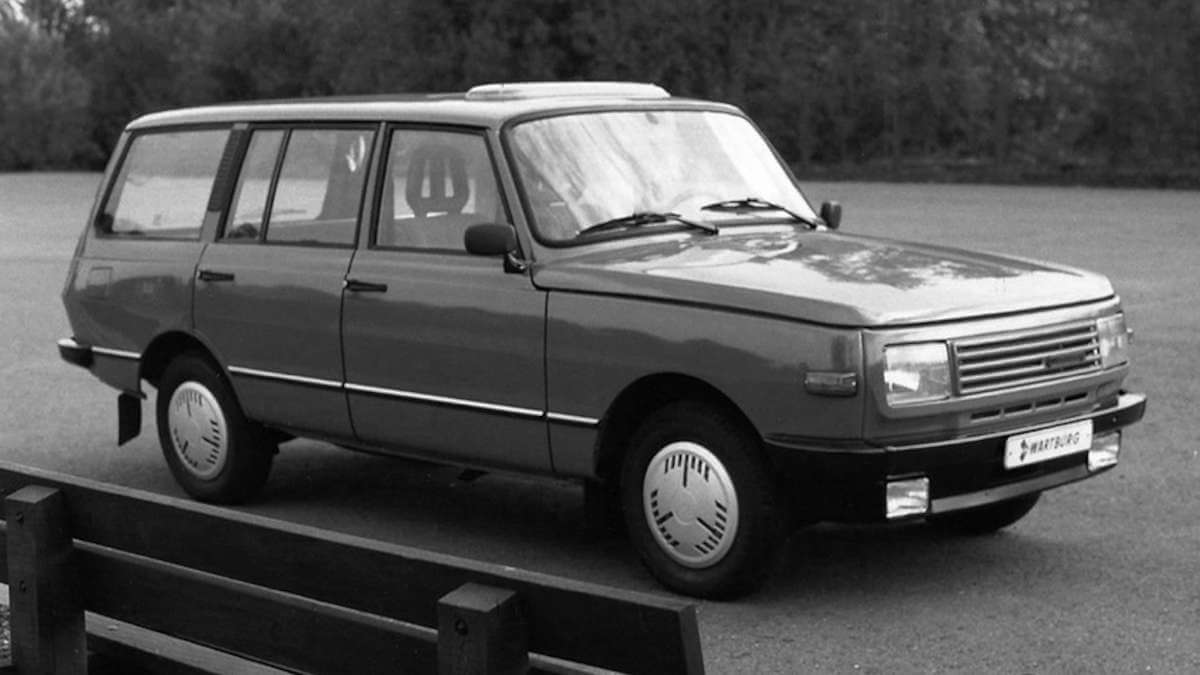



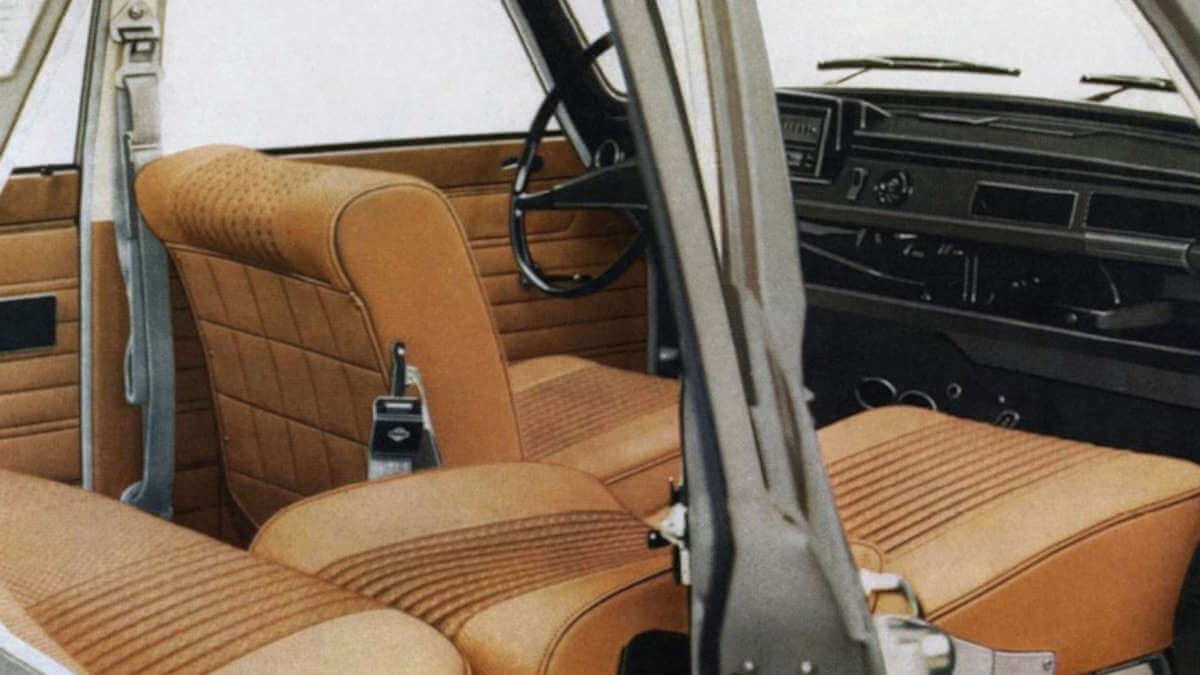

Rallies all over Europe
Due to the higher engine power compared to the Trabant, various GDR racers also used the Wartburg in motorsports. The factory itself developed the 353 WR for rally competitions. The engineers extracted around 110 hp and 142 Nm of torque from the engine, which was bored out to 1.15 liters. They also gave the car a five-speed transmission and a sporty, adjustable suspension. Inside, the WR complied with all current safety regulations. A full rollcage and sports seats with four-point seat belts protected the driver and front passenger. Equipped in this way, the factory team also competed west of the Iron Curtain, for example in Greece, Finland, Spain, England, Belgium and Denmark. A total of 1,225,429 Wartburg 353s were built, 868,860 of them as the 353 W. More than 50 percent of production (676,837 units) was exported to Hungary, Poland, Bulgaria, Yugoslavia, Belgium, Finland, Greece and Germany.
Export success in Great Britain
The right-hand drive Wartburg Knight sedan was also available in Great Britain. Around 20,000 vehicles were exported there alone. However, from the 1970s onwards, increasingly stringent exhaust emission regulations for new cars meant that two-stroke cars could no longer be sold in Western export countries. This meant that important foreign exchange opportunities for the GDR dried up. Sales in West Germany had already been discontinued in 1969 due to low sales figures. Only the modernized Wartburg 1.3 was available again in the Federal Republic of Germany. But even with a four-stroke engine, the model could only convince a few buyers. After only 152,757 units, Automobilwerke Eisenach stopped production in April 1991 with no successor models. Instead the company was liquidated and the production facility went to Opel. However, the Rüsselsheim carmaker had already built a new plant in Eisenach beforehand, where they transferred many of the assembly line workers.
Images: AutoWP, archive Secret Classics


